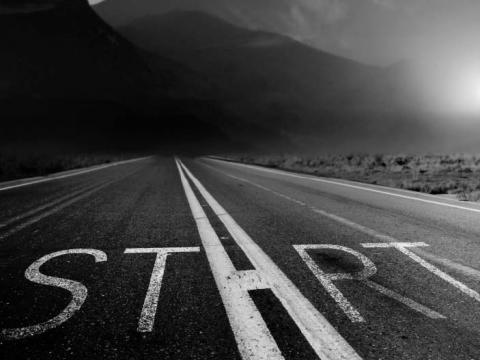
Sandy: I recently told my personal story of how I became an advocate to fight human trafficking. My friend and co-columnist was in the room and asked me to tell the story for our next column. So here it is.
I was living in Athens, Greece where my husband was teaching and I was a leader for a women’s advocacy non-profit. I was walking to work on a main street in the city center. I was used to passing brothels that were open in the day time. Prostitution is legal and, while I was concerned at times, it didn’t shock me until I saw a young girl who looked about 12-13 years old and most likely from Albania. I began asking questions and discovered that she had been the victim of human trafficking. I was shocked. I began to ask lots of questions, to study what was happening. I learned about the UN Protocol on Human Trafficking. I began to understand the way victims were lured and then trapped. I looked for others who were doing something to help victims.
I began volunteering at the Doctors of the World shelter in Athens. There was a girl from the former Soviet Union, from Ukraine. She graduated from High school when she was 17. We will just call her Maria, to keep her identity anonymous. She graduated at the top of her class. Her father had died in one of the area conflicts. Her mother and her 8-yearold brother were counting on Maria to get a job to support them. But the economy had collapsed in the former Soviet Union. There were no jobs. There were no young men. You couldn’t even follow the path of get married and somebody else will support me. When she saw an ad for interviews in the big city, not far away, she made the plan to go and stand in line and interview for those jobs, which were in the tourist industry in Athens, Greece. She & her best friend took the bus to the big city on the appointed day and stood in line with dozens and dozens and dozens of other desperate young women looking for options to get out. She filled out a job application. Think about what kind of information you put on a job application: name, address, employment history, just about everything, all your personal information, references.
At the end of the day, Maria was thrilled because she was one of the girls chosen for the job. She went home and told her mom, “I have to come back with all my documents and we’re leaving in two weeks. I’m going to send half of the money to you, and half I’m going to save for nursing school.” On the appointed day, Maria came back and handed over her documents to the “travel coordinator,” who was really a human trafficker. She got on the train with dreams and hopes for an amazing future. When they reached a little town on the Turkish side of the Greek border each girl was placed in a separate room in a little hotel. Maria said that just after she laid down, her door burst open and 4 men, dressed in police uniforms, not necessarily because they were Law Enforcement (LE), but as part of the breaking down strategy, 4 men gang raped her and all of her dreams evaporated. Before dawn the next morning, they took Maria downstairs, duct-taped her wrists, her ankles, and her mouth and placed her in the false bottom of a little car. She was taken across the border to Greece, where they were waiting to take her to a brothel. She was sold over and over and over again, for almost 2 years.
When I met Maria, she was 19. There was no sparkle in her eye; there was no hope in her heart. She had a body wracked with medical problems and really didn’t see a future. I will never forget hearing the Ukrainian counselor translate for me and tell me that when they asked her, “How did you survive?” She said, “My soul died.” She was numb, dead inside. Dissociative disorder is one of the common things we see in post-trafficking survivors. They asked, “Then how did you keep going?” She answered, “I had to. They knew where my 8 year old brother lived and they said they would get him if I ran away.”
Maria’s story illustrates three elements of human trafficking: force, fraud, and coercion. Maria was lured through a false job promise. Then they used force to break her will.
Finally, they used coercion; when she no longer cared about herself, they reminded her, “We know where your 8 year old brother lives,” and she did whatever they told her to do.
When I was first invited to guest lecture at Vanguard University, I stood in front of the class and tears welled up in my eyes because one of the girls looked just like Maria. There was really only one big difference between these two bright young women – where they were born. One had options and the other did not.
Now, many years later, I watch the stream of victims of exploited children and see the same stark contrast between those with options and those without options. It is a stark reality that many of our children in foster services are there because they ran out of options. It’s our job to find more options and connect our children to those options.
When they run away from abuse or are removed from an abusive and violent home, how do we give them options! It makes all the difference.

 Owner/Editor - Chris Chmielewski
Owner/Editor - Chris Chmielewski